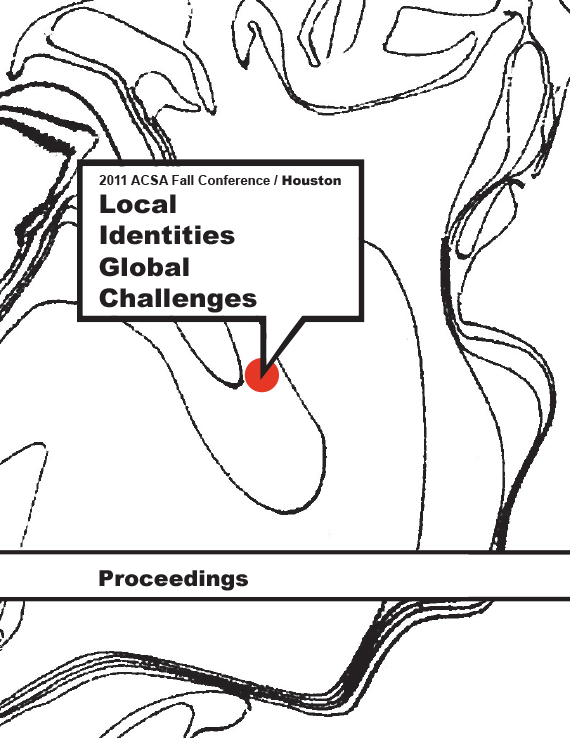Author(s): John Poros
By the autumn of 1929, the Villa Savoye was under construction. The final exemplar of Le Corbusier’s classic villas, the work is a point by point demonstration of the principles espoused in Vers une Architecture of 1923. Concurrently at the studio on 35 rue de Sévres, a series of other projects under design were pointing a new direction for Le Corbusier’s work. In the Errazuriz House, De Mandrot House, and the Pavilion Suisse at the University of Paris, a new palette of material (rough hewn stone, exposed shuttered concrete, timbers, wood panels) appeared in addition to the precision of smooth stucco walls and the “dry built” components of the classic villas. The addition of vernacular materials by Le Corbusier might be connected to a number of factors; Le Corbusier’s participation in the Syndicalist movement, the influence of his 1929 trip to South America, frustration with the weathering problems of his completed buildings and an interest in both Surrealism and Mediterranean vernacular architectures. While Le Corbusier’s motivations are important to an understanding of his work and the period, a formal analysis of where and how vernacular or “primitive” elements were used in his work may yield a different perspective on the change in Le Corbusier’s work in 1930’s. Kenneth Frampton has used the word “surrealism” to describe some of Le Corbusier’s work during this period and sees surrealism as a latent tendency in all of Le Corbusier’s postwar production. However, just the use of “primitive” or other materials does not paint Le Corbusier’s work as surrealist. Surrealism in architecture might be achieved by bringing the architecture of another culture or time to a place foreign to the existing social and formal framework of the time. However, what separates the surrealist project from Orientalism or some sort of simple appropriation is a desire to combine dream and reality or supersede reality with one’s art. This positing of a new reality based on the juxtaposition of irreconcilable parts was a strategy of sculptors before, and even more so, after World War II. The sculptors Constatin Brancusi and David Smith worked in such a way, with an investigation of forms where the experience of the piece is not in the forms themselves, but in the phenomena created by the interaction of the forms. By analyzing works such as the Errazuriz House, the De Mandrot House, and Le Pavilion Suisse and comparing them to the sculpture of Brancusi and Smith, this paper proports to show the surrealist method can be seen in le Corbusier’s work in how he combines local vernacular influences with modernity.
Volume Editors
Ikhlas Sabouni & Jorge Vanegas

 Study Architecture
Study Architecture  ProPEL
ProPEL 
